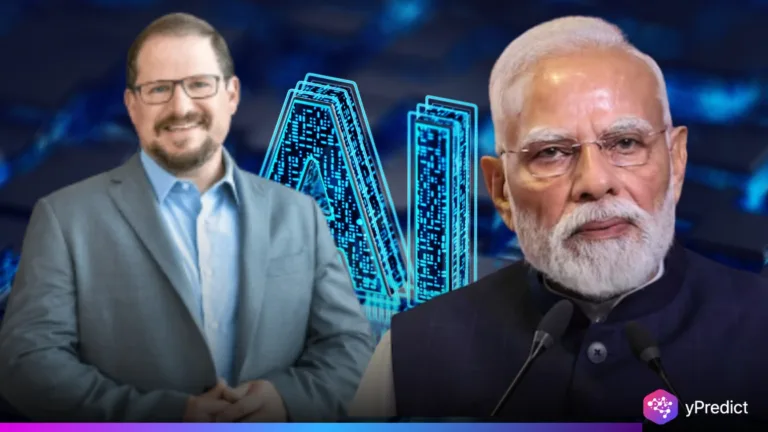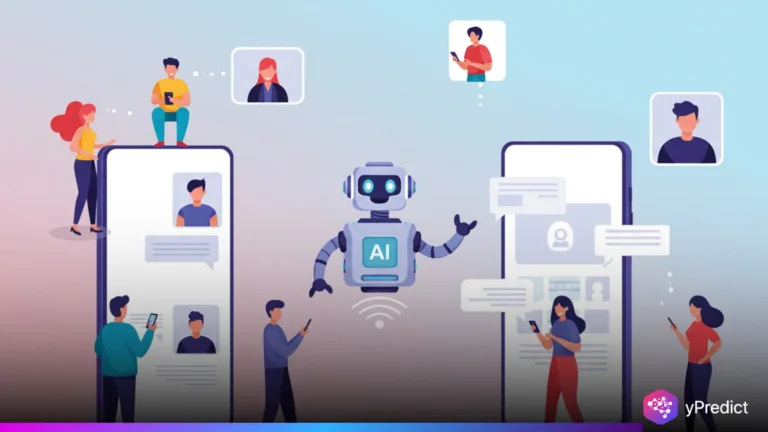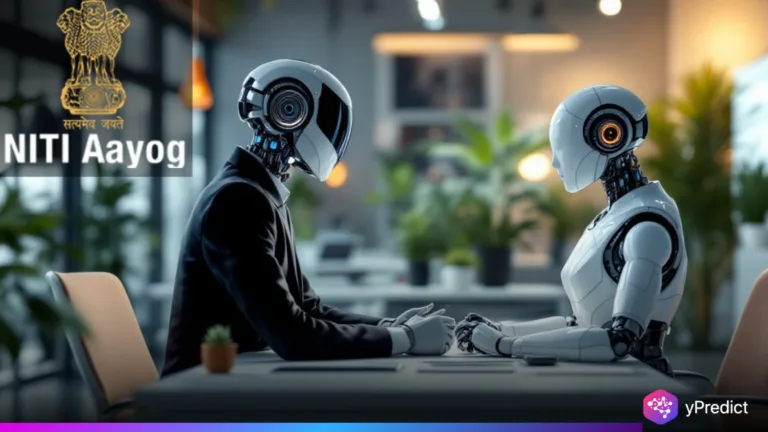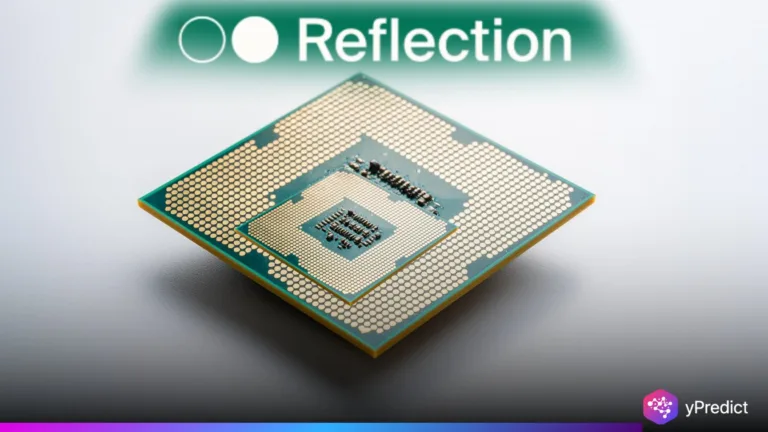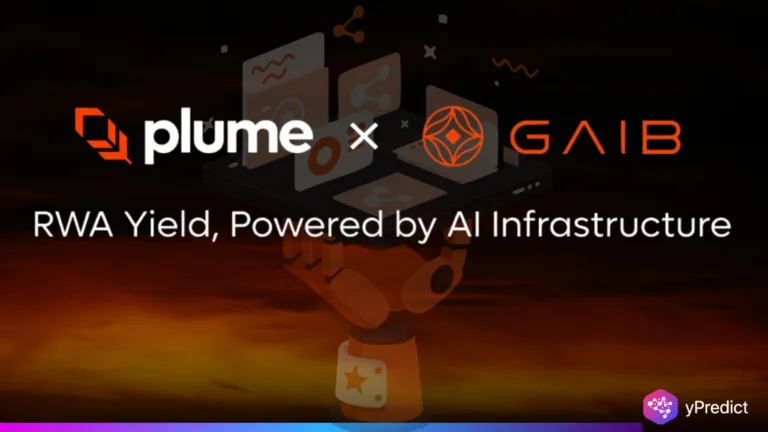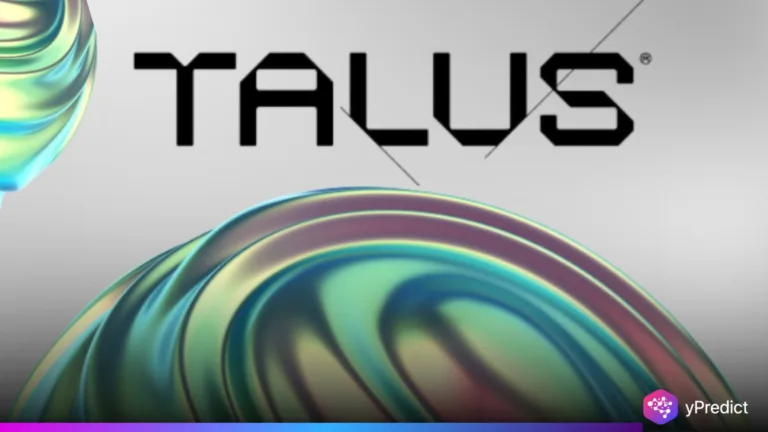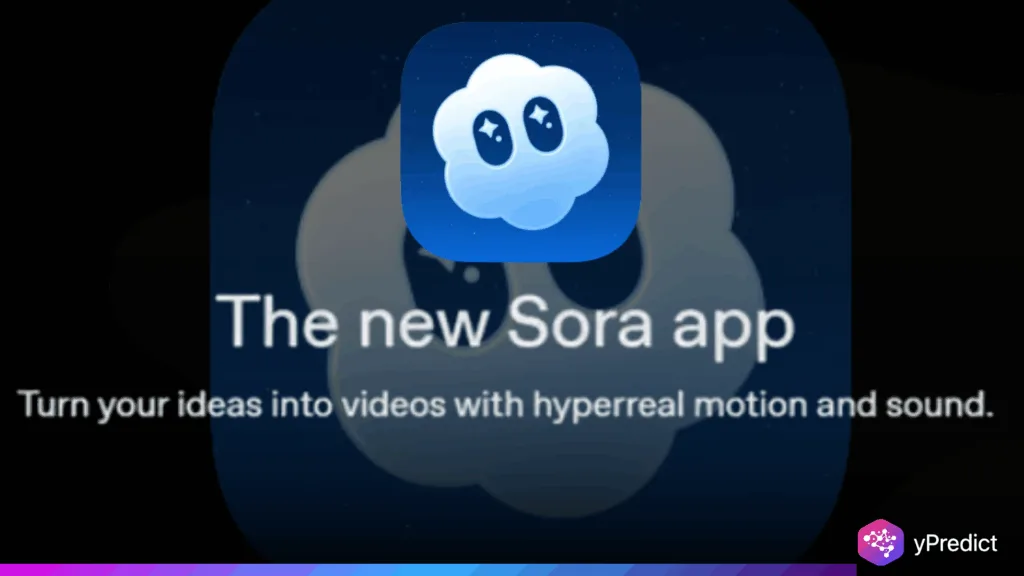
A new AI app is disrupting the top charts. OpenAI’s Sora shoots to #2 in App Store free apps list, behind Google Gemini, ahead of ChatGPT. That’s surprising. The app, however, only launched on 30 September 2025. It’s invite-only and US/Canada only. Yet downloads surged fast. The reason? Sora creates photorealistic short videos with audio from a text prompt.s They’re posting results as memes and viral clips. The hype is strong. And the restricted access makes it all the more powerful. For the moment, OpenAI has seized the spotlight with a rapidity that surprised most.
What Sets Sora Apart and How It Operates
Sora is unlike OpenAI’s previous utilities. ChatGPT handles text. It creates a video. That is, a user can enter something like “a surfer riding lava waves” and receive a brief sound-impacted clip. It’s not flawless, but it seems genuine enough to catch notice.
The app operates on Sora 2, a new model trained on large-scale video data. It knows motion, physics, and sound all at once. That’s what lets its clips appear natural compared to antiquated tools. Adobe Firefly and Lumalabs attempted similar capabilities, but users report that the output appeared rigid.
Another detail is speed. Some of the competition, like Pika 2.2, kept people waiting 10–15 minutes a clip. Sora is faster. That gap counts when social media audiences demand immediacy.
Timing is reflected in the App Store ranking, too. Generative video is still new. OpenAI situated it exactly where TikTok-style content flourishes. It lets users create and distribute clips in real-time. Because the memes spread quickly, it drove up installs. And the invite-only system generated scarcity. Folks were signing up to be IN, simply so they wouldn’t be OUT. In other words, the app’s emphasis on realism, speed, and social sharing accounts for its meteoric ascent.
User Reactions about Sora and Market Potential
Users characterize Sora as “TikTok with prompts.” That’s not far off. The app prepares 10–15 second videos for sharing. A lot of clips now go viral on Instagram Reels and even TikTok itself. This cross-platform loop maintains downloads elevated. But who gets access? For the time being, just US and Canadian users. Nonetheless, Sora is already chart-topping in Japan as well. That suggests broader demand. If OpenAI were to go worldwide, it might give even Google Gemini a run for its money.
The hype, too, is driven by invite codes. One early user wrote that he had ‘10 invites only’. Screenshots of messages such as this motivated others to scavenge for codes. Scarcity worked. Technical feedback is mixed. Others laud its realism, akin to a figure skater twirling with a cat atop her head. Others observe strange glitches: levitating bodies or distorted faces. Yet the wow trumps flaws.
The app also raises questions. What about moderation? Phony clips might go viral as quickly as memes. And server loads are an actual threat. And if demand spikes, response times could slow. Despite those dangers, founders and funders are still paying close attention. Sora demonstrates what occurs when AI tools go viral beyond tech circles.
Conclusion
Sora’s ascent demonstrates how quickly the AI app landscape pivots. In under a week, it eclipsed ChatGPT in US downloads. That’s no small feat. The app combines exclusivity, viral social sharing, and technical innovation in a single package. For now, the boundaries–US, Canada, and by invitation–make it even more covetable. But issues persist: moderation, server stress, and user confidence. If OpenAI manages those well, Sora may continue to hover near the top of app charts globally. If not, its hype will fade. In any case, this milestone shows video AI is no longer a side experiment. It’s a mainstream force.

